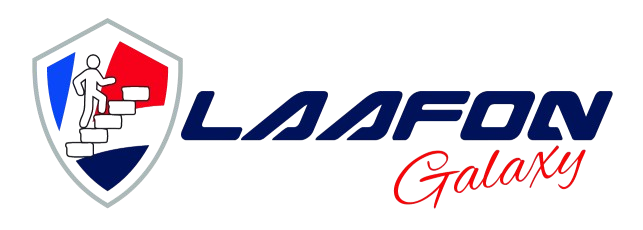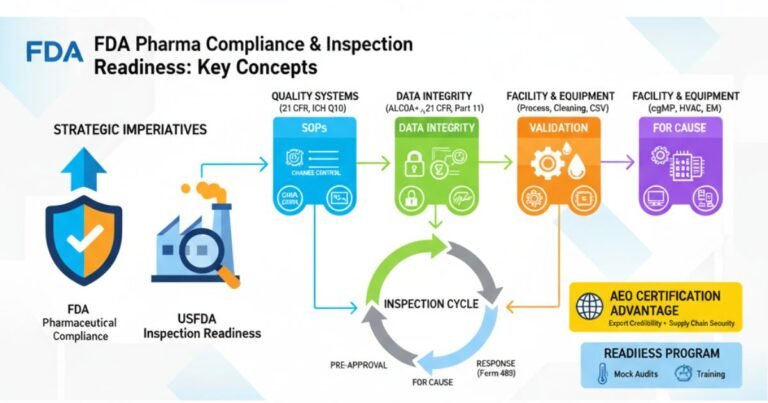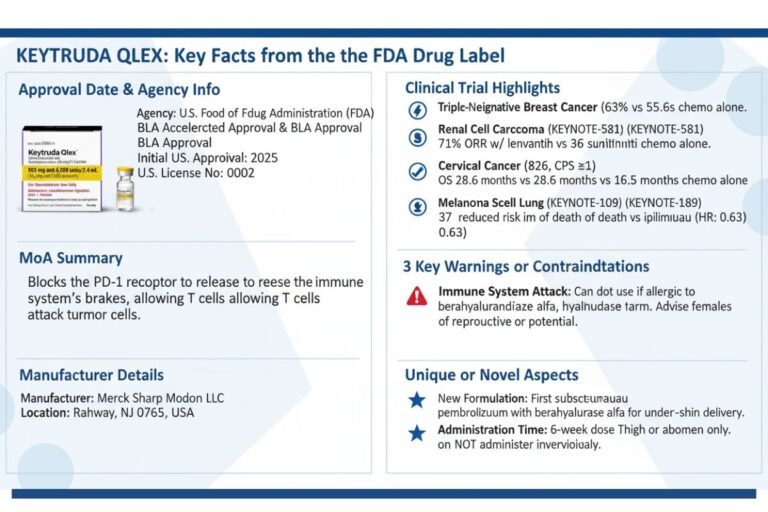FDA guidelines for a high-purity water system
The FDA guidelines are dominating the aspect of microbiological conditions of water for injection and purified water systems that are used in the manufacturing of drug products. The guideline also covers the different types of high-purity water systems and their pros. and cons.
Water system design as per the FDA.
The design of a high-purity water system depends on the category of product where water is intended to be used. For injectable products, the WFI is used in the manufacturing, and washing of containers, and equipment that may come in direct contact with the solution or product container.
In parenteral products, the main concerns are pyrogens, to manufacture a pyrogen-free product pyrogen-free water for injection is needed. Ophthalmic products like eye drops and inhalation products are also manufactured with sterile water for injection. The specification for pyrogens limits the USP monographs are followed.
The temperature of the system is another important aspect of design that must be considered. Usually, the temperature between 65°C and 80° C of the water system is preferred. Such hot systems are capable of sanitizing themselves.
There are two types of water systems circulating and one-way systems. Circulating systems are good for lower contamination levels; they are non-viable to having dead-leg points in the system.
Also Read: Title 24 CFR and its recommendations
Risk Assessment:
Risk assessment is also a considerable design aspect that must be kept in mind. The desired quality of a high purity water system is a very important design factor.
It is obvious that parenteral requires sterile water for injection. However, tablets, capsules, and oral liquids can be manufactured with purified water. Parenterals should be manufactured in water having zero pyrogens.
Oral products can be manufactured with water having specific limits for pyrogens as given in a dedicated monograph of USP for the particular category.
It should be noted that in oral products, antacids require a high-level microbial control in the water from which it is to be manufactured.
Water system validation:
The validation of a high-purity water system usually covers the use of an appropriate challenge. In that situation, no microorganisms should be traced into the online system.
The dependency is set on periodic testing for microbiological quality from different locations and points of the online water system.
The system would be validated if there is no source of contamination is found and the system is working properly as per designated to serve.
During the validation process of a high-purity water system some important factors should be considered, like documentation that must have a complete description of the system, a complete drawing should be prepared having each and every point of feed, and sampling points with designation.
The high-purity water system without print will not be considered valid.
After the installation of equipment and piping, a proper sampling, cleaning, and sanitizing frequency should be developed as per requirement.
Microbiological limits for water for injection.
The microbiological results for water for injection must be sterile. According to FDA the microbiological limits for “Water For Injection” should be 10 CFU for 100 ml is an acceptable action limit.
According to FDA policy, no limit for water is passed, every limit is an action limit, when the action limit is exceeded the company should investigate the cause of the problem.
It should be noted that in the case of WFI, sometimes it can pass the Lal endotoxin test, but fail in microbiology limit test e.g. 10 CFU/100 ml so it is always recommended that both endotoxin and microbial limit test should be performed for best results.
FDA Microbiological limits for purified water:
In the case of purified water microbiology tests, FDA follows USP guidelines for purified water. The USP XXII microbial limits for purified water are less than 100 CFU/ml. The FDA policy suggests that any action limit over 100CFU/ml is not acceptable for purified water.
WATER FOR INJECTION SYSTEMS:
The Water for Injection system should consider some important concerns before producing WFI. The feed water should be pretreated before distillation, it will provide consistency in the quality of WFI. The biggest concern with feed water is the microbiological presence in the water, pre demineralized water will produce a better WFI.
STILL
There is some evidence of endotoxins in the feed water due to malfunctioning of the feedwater valve and level controls in the still that resulted in droplets of feedwater in the distillate process.
The problem of endotoxin may arise due to remaining WFI in the condenser at the time of start-up, that WFI may be a few days old, that may become the reason for unacceptable endotoxins.
Usually, still manufacturers only guarantee a 2.5 log to 3 log reduction in the endotoxin reduction. Because of that the feedwater spikes to 250 EU/ml, which is an unacceptable level of endotoxin in the Water for Injection.
HEAT EXCHANGERS:
Heat exchangers are the principle component of still. Conductivity meters are unable to monitor the microbiological quality of WFI because the ionic quality of distilled and deionized water is the same. The design of heat exchangers should not allow the contamination in the WFI.
The main reason for contamination was found the leakage of WFI at heat exchanger valves, which should be controlled by providing gauges at every point. The pressure should be monitored regularly and ensure that the higher pressure should be at the clean fluid side. Utilization of double tube sheet type heat exchangers also minimizes contamination by leakage.
HOLDING TANK:
Holding tanks are usually used in hot systems, and the temperature is maintained by applying heat to the jacketed holding tanks. The vent filter is an important component that has a major role in holding tank functioning. The integrity test of the vent filter is done regularly to ensure that it is functioning properly. Filters are installed to prevent condensate water and water from blocking the hydrophobic vent filters.
PUMPS:
Pumps are also found to cause contamination when they are static and come into operation periodically. The reservoirs of pumps are the static area where water lies. The use of pumps should be free from contamination spreading.
PIPING:
Normally, in a WFI system piping consists of highly polished stainless steel. It is a traditional material for piping in WFI.
These days PVDF piping also came in utilization for WFI. Such pipes can tolerate high temperatures without extractable being leached.
In some cases, it is found that on overheating it can sag and leave the fusion points that may result in leakage.
The piping should be dead-leg free. The unused drops in dead-leg pipes can create biofilms,
REVERSE OSMOSIS
Reverse Osmosis (RO) is a technology that is widely used for the Water Injection manufacturing process. The RO system used in series is a good option with Ultraviolet light passing through the water. UV light helps to control microbiological contamination.
It is very effective to install heat exchangers just ahead of the RO system to increase water temperature up to 75° C to 80° C that will reduce the chances of microbiological contamination.
Frequently Asked Questions:
What temperature of the water system is required as per the FDA?
The temperature of the water system is preferred between 65° C to 80° C because that temperature is capable to auto auto-sanitizing the system.
What are the microbiological limits for Water for Injection?
According to FDA the microbiological limits for Water for Injection should be less than 10 CFU per 100 ml.
What are the microbiological limits for purified water?
According to FDA the microbiological limits for Purified water should be less than 100 CFU per ml. In fact, the FDA follows the USP guidelines for microbiological limits for Purified water.
What is the validation of the water system?
The system would be validated if there is not a source of contamination is found and the system is working properly as per designated to serve. It is a periodic process to ensure the quality of water produced.
What is the reverse osmosis process for the water system?
Reverse Osmosis (RO) is a technology that is widely used for the Water for Injection manufacturing process. The RO system used in series is a good option with Ultraviolet light passing through the water.
Related Posts:
- USFDA inspection checklist for a pharmaceutical facility
- Working Principle of HVAC System
- New cancer drugs approved by FDA
- What is the concept of GxP?



